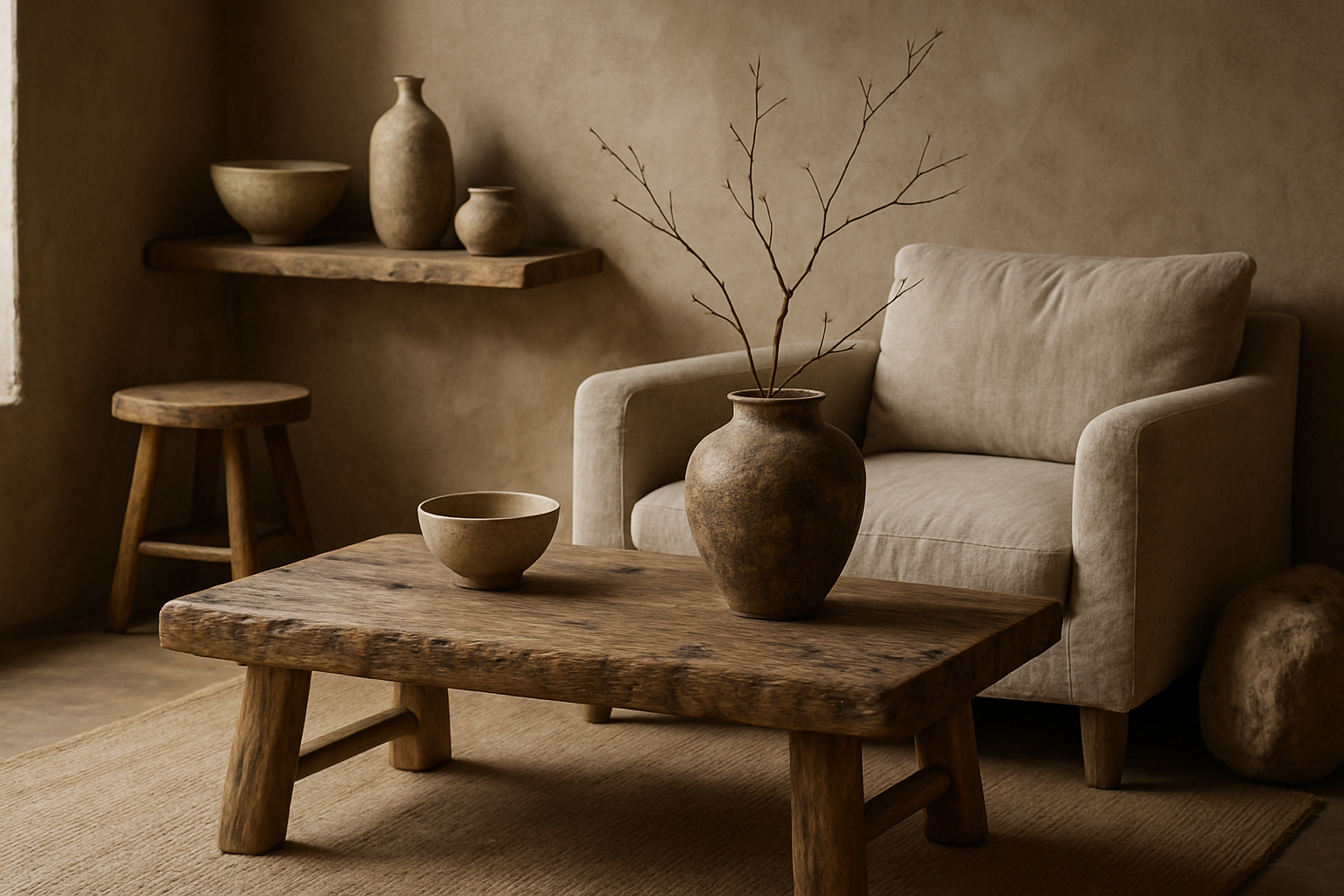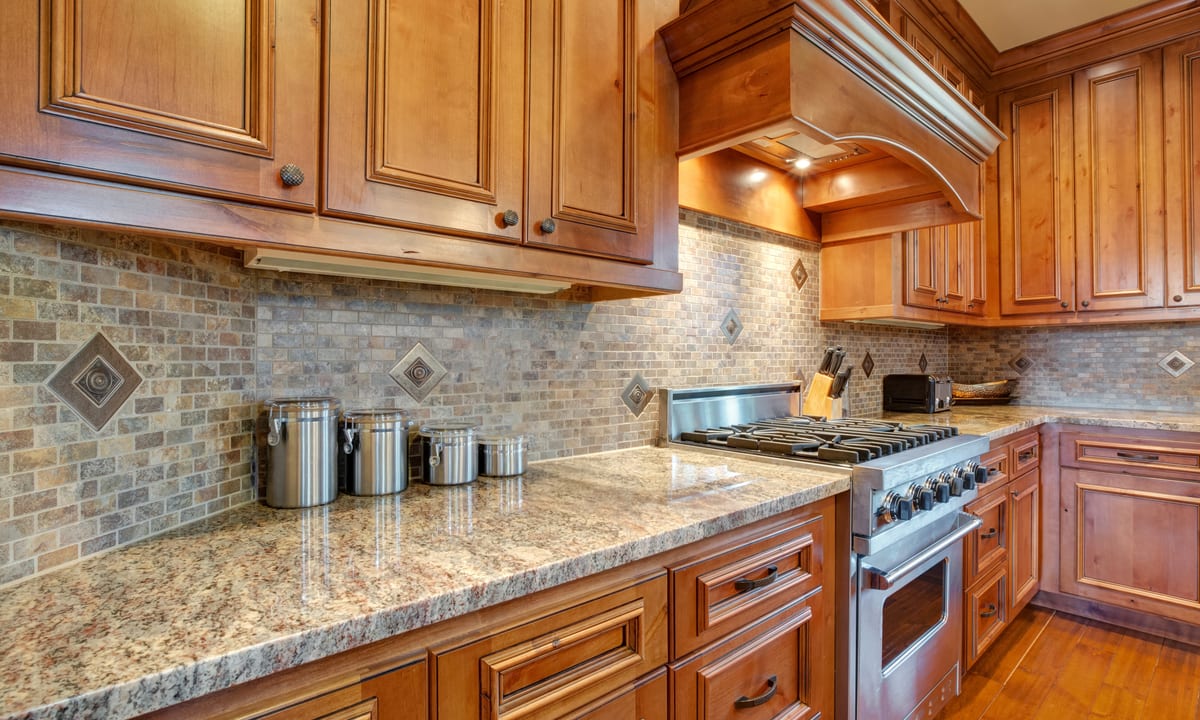Embracing Wabi-Sabi: The Art of Imperfect Beauty in Home Design
In a world obsessed with perfection, a quiet revolution is taking place in home interiors. Wabi-sabi, an ancient Japanese philosophy celebrating imperfection and transience, is making its way into modern homes, offering a refreshing counterpoint to polished minimalism. This design approach invites us to find beauty in the flawed, aged, and incomplete, creating spaces that are both serene and profoundly human.

In traditional Japanese aesthetics, wabi-sabi manifested in rustic tea houses, asymmetrical pottery, and weathered garden paths. These elements stood in stark contrast to the opulence of Chinese-influenced design that dominated at the time. The philosophy quickly spread beyond tea ceremonies, influencing architecture, gardening, and various art forms.
Wabi-Sabi in Contemporary Home Design
Today, wabi-sabi is experiencing a renaissance in home design, offering an antidote to the sleek, mass-produced aesthetic that has dominated in recent years. This approach celebrates natural materials, handcrafted items, and the patina that develops over time.
In a wabi-sabi inspired home, you might find:
-
Handmade ceramics with visible flaws or asymmetry
-
Weathered wood furniture showing its grain and knots
-
Natural linen textiles with subtle variations in texture
-
Unfinished or roughly plastered walls
-
Plants in various stages of growth and decay
The key is to create a space that feels lived-in, authentic, and connected to nature. Unlike minimalism, which often strives for stark perfection, wabi-sabi embraces the marks of time and use, seeing them as adding character rather than detracting from beauty.
The Psychology of Imperfection
The appeal of wabi-sabi goes beyond aesthetics. In a culture that often equates worth with newness and perfection, embracing imperfection can be profoundly liberating. It allows us to find beauty in the everyday and to accept the natural processes of aging and wear.
Psychologists have noted that living in a wabi-sabi inspired environment can reduce stress and promote mindfulness. By surrounding ourselves with objects that bear the marks of time and use, we’re reminded of the transient nature of life and the beauty inherent in change.
This perspective can extend beyond our homes, influencing how we approach our lives and relationships. It encourages us to value authenticity over perfection and to find joy in the present moment, however imperfect it may be.
Implementing Wabi-Sabi in Your Home
Incorporating wabi-sabi into your home doesn’t require a complete overhaul. Instead, it’s about shifting your perspective and making intentional choices. Here are some ways to bring wabi-sabi into your space:
-
Embrace natural materials: Choose items made from wood, stone, clay, and natural fibers. Look for pieces that showcase the inherent qualities of these materials, including imperfections.
-
Value handmade items: Seek out handcrafted furniture, textiles, and decorative objects. These pieces often have slight irregularities that add character and charm.
-
Allow for weathering: Instead of immediately refinishing or replacing items as they show wear, consider how this patina might add to their beauty.
-
Incorporate nature: Bring in plants, branches, or stones from your local environment. These elements connect your home to the natural world and change with the seasons.
-
Practice mindful curation: Instead of filling your space with many objects, choose fewer items that have personal meaning or aesthetic appeal.
-
Use a muted color palette: Wabi-sabi tends towards earthy, subdued colors that evoke a sense of calm and connection to nature.
-
Create asymmetry: Avoid perfect symmetry in your arrangements. Slightly off-center compositions can create a more relaxed, natural feel.
The Future of Wabi-Sabi in Home Design
As we move further into the digital age, the appeal of wabi-sabi is likely to grow. In a world of constant updates and upgrades, there’s a growing desire for spaces that feel grounded, authentic, and timeless.
Designers are finding innovative ways to incorporate wabi-sabi principles into modern homes. This might include using 3D printing to create intentionally imperfect objects or developing new materials that age beautifully over time.
The sustainability aspect of wabi-sabi also aligns with growing environmental concerns. By valuing objects that last and improve with age, we can reduce consumption and waste.
Balancing Wabi-Sabi with Modern Life
While the philosophy of wabi-sabi encourages us to embrace imperfection, it’s important to strike a balance. A wabi-sabi inspired home shouldn’t feel neglected or uncomfortable. The goal is to create a space that feels both lived-in and intentional.
This might mean combining wabi-sabi elements with more modern pieces. For example, a sleek sofa might be paired with a weathered wood coffee table, or a high-tech kitchen could feature handmade ceramic dishes.
The key is to create a space that reflects your personal journey and values. A wabi-sabi inspired home should feel like a sanctuary, a place where you can relax and appreciate the beauty of imperfection in all its forms.
Conclusion
Wabi-sabi offers a refreshing perspective in home design, encouraging us to find beauty in the imperfect, impermanent, and incomplete. By embracing this philosophy, we can create spaces that are not only visually appealing but also deeply meaningful and connected to the natural world.
As we navigate an increasingly digital and perfection-driven world, the principles of wabi-sabi remind us to slow down, appreciate the present moment, and find joy in the subtle beauty that surrounds us. Whether through a cracked ceramic bowl, a weathered wooden bench, or the gentle decay of a autumn leaf, wabi-sabi invites us to see our homes—and our lives—through a more compassionate and mindful lens.




